Tutustu tuotteisiimme
Tutustu tuotteisiimme







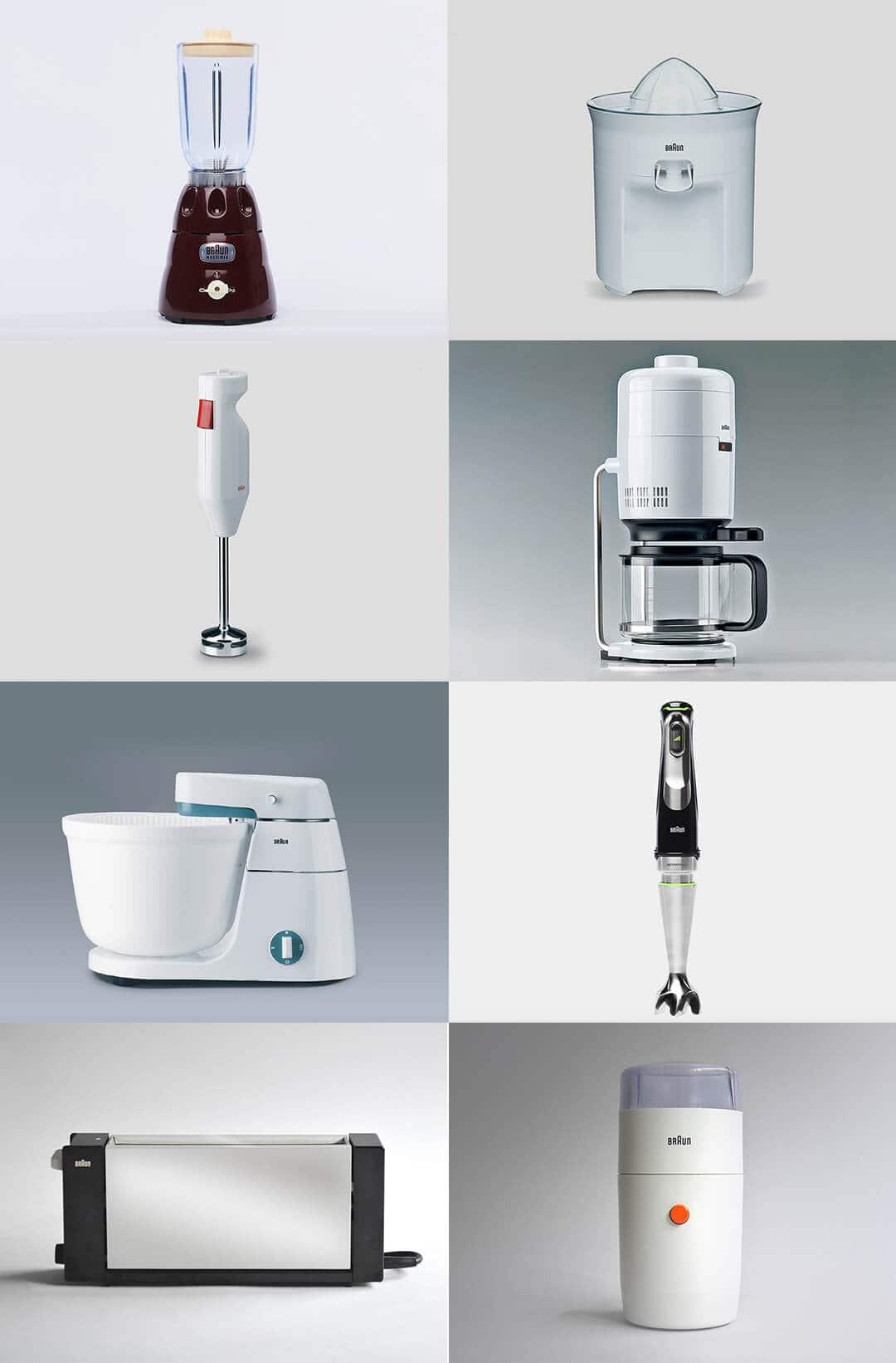
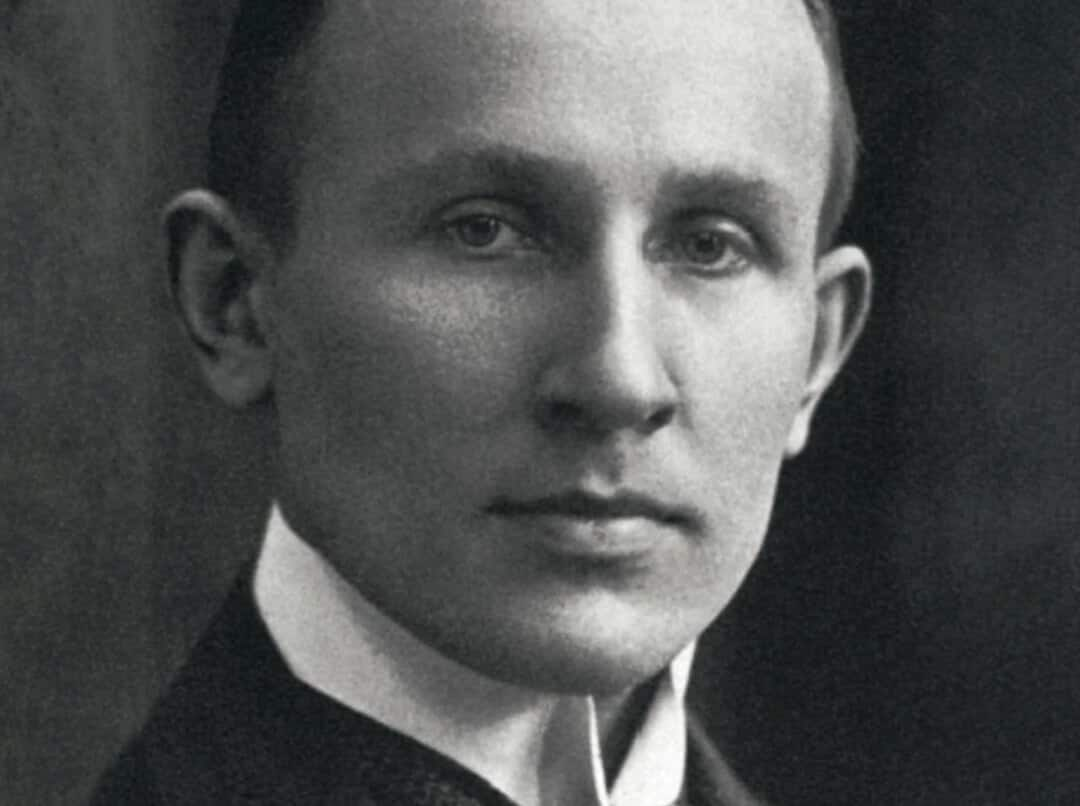
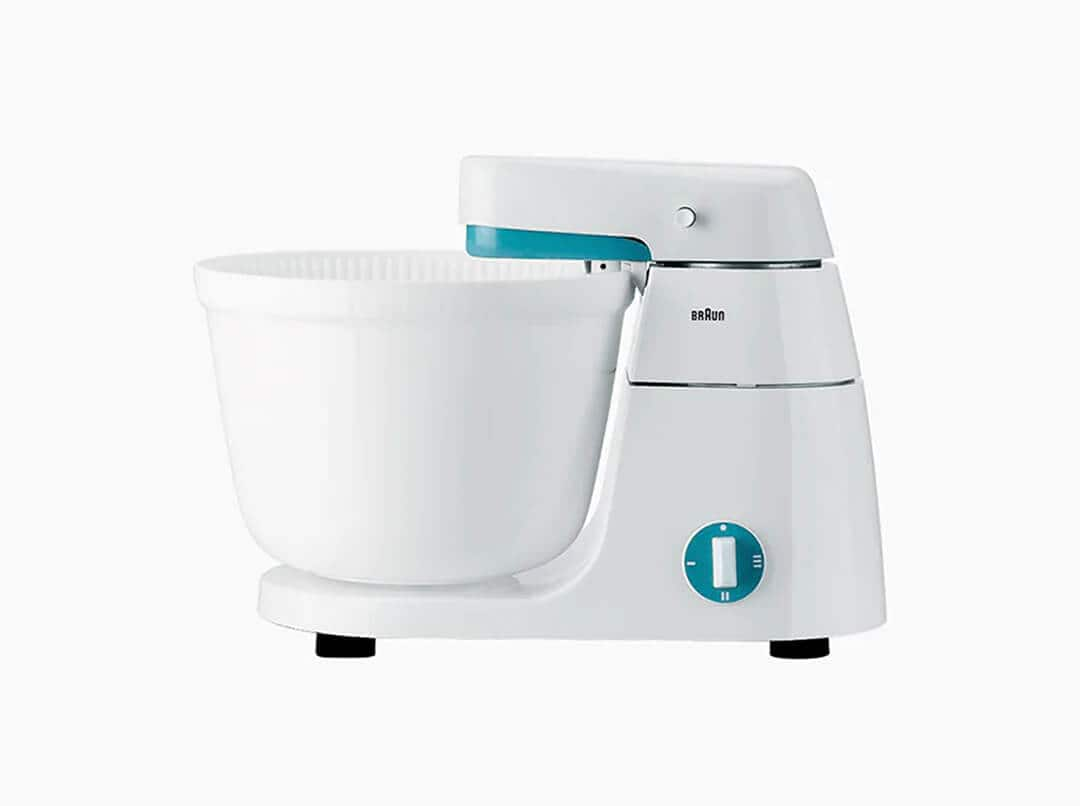
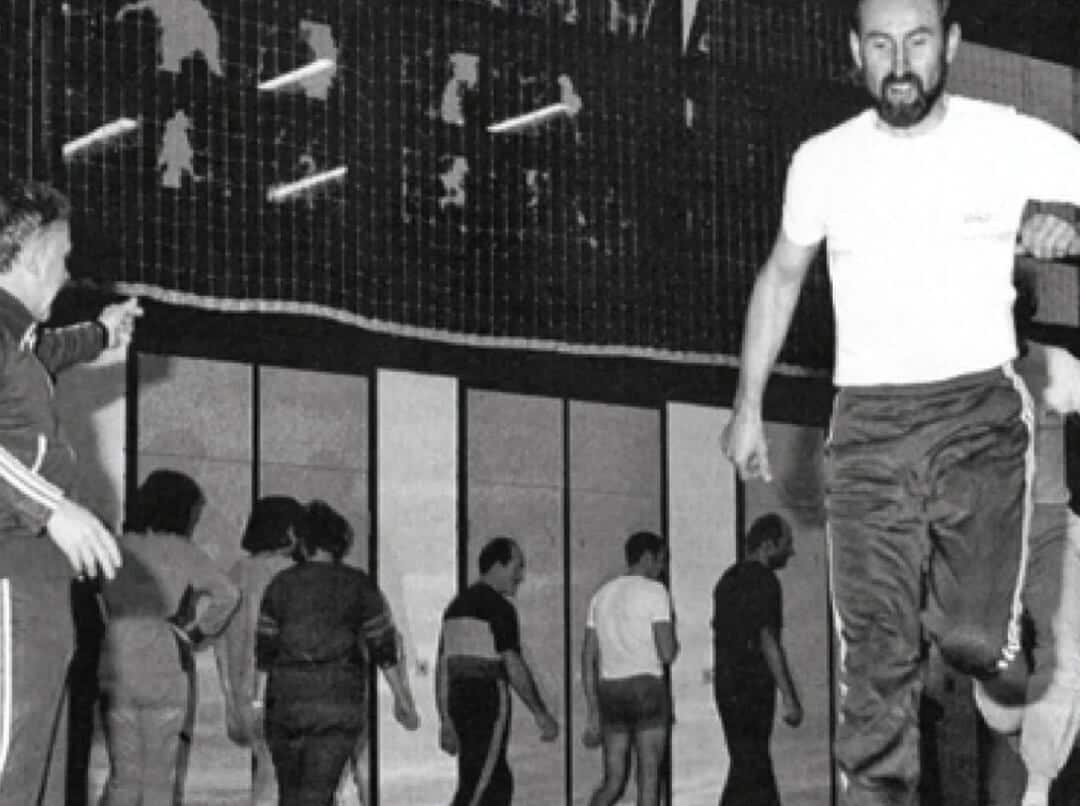
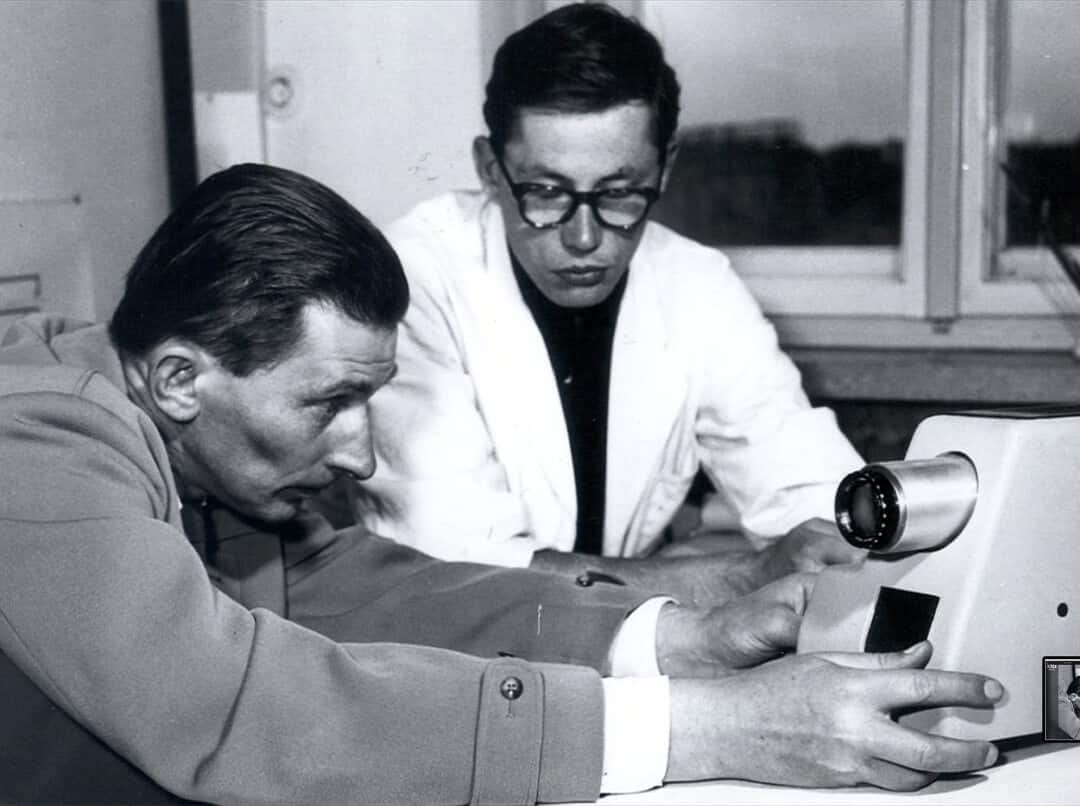
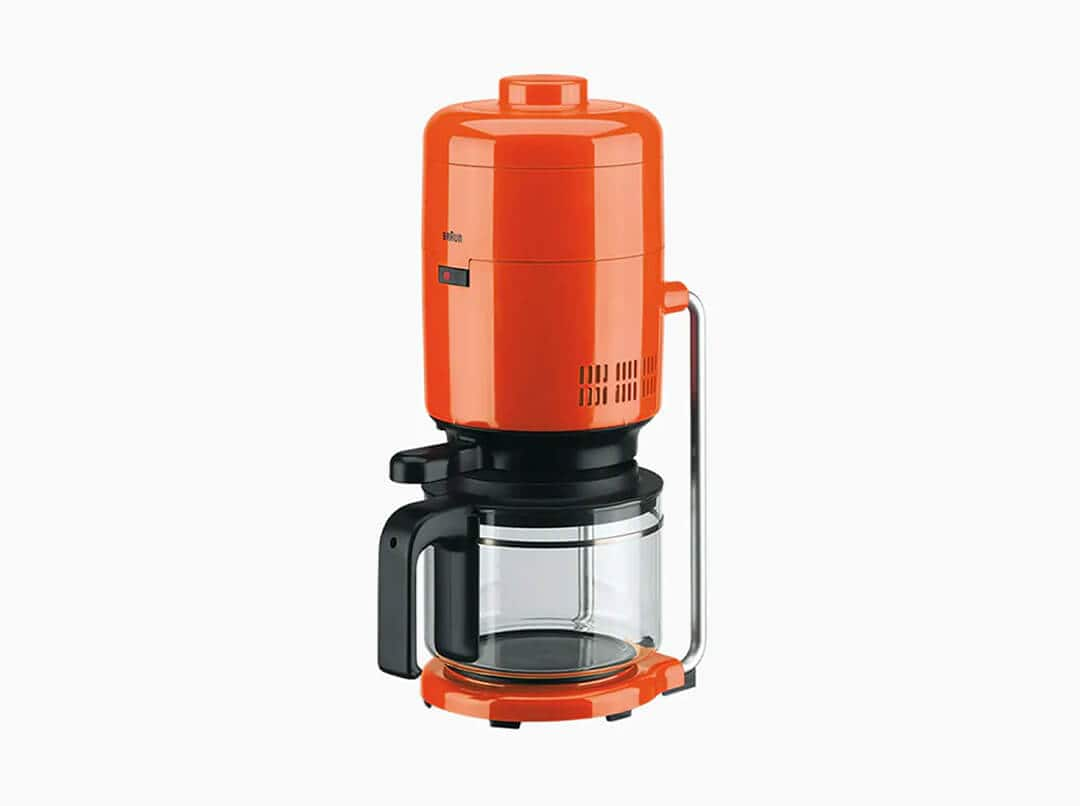
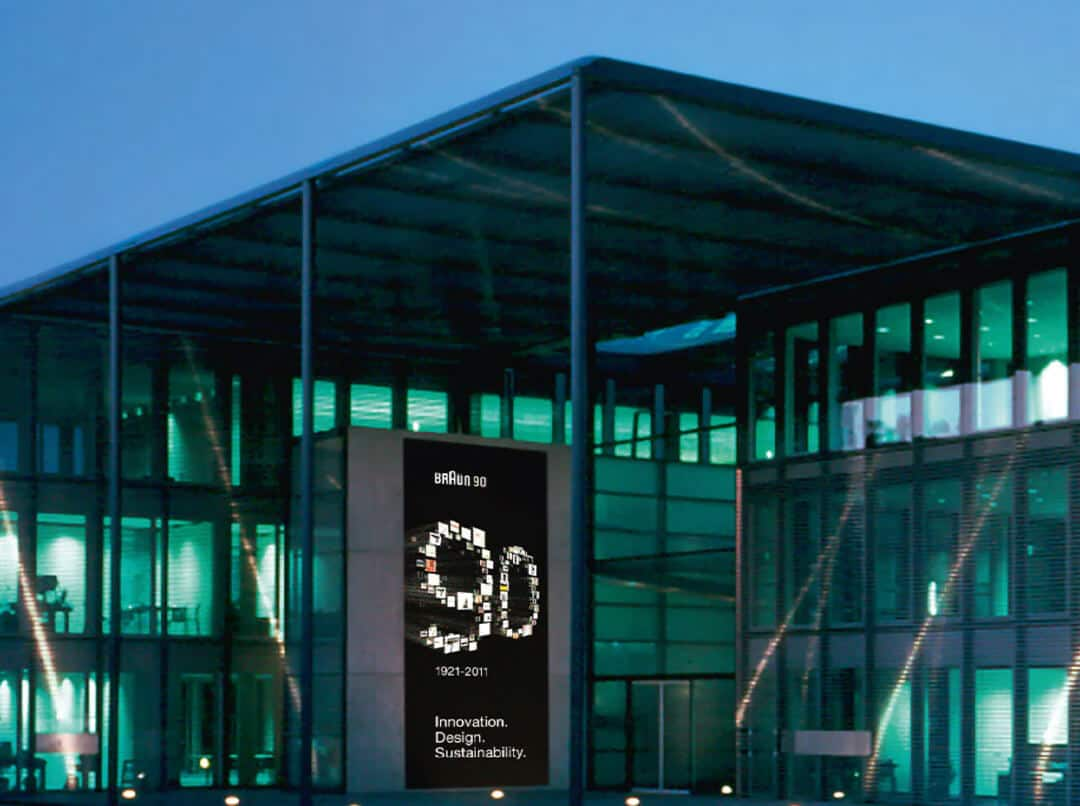
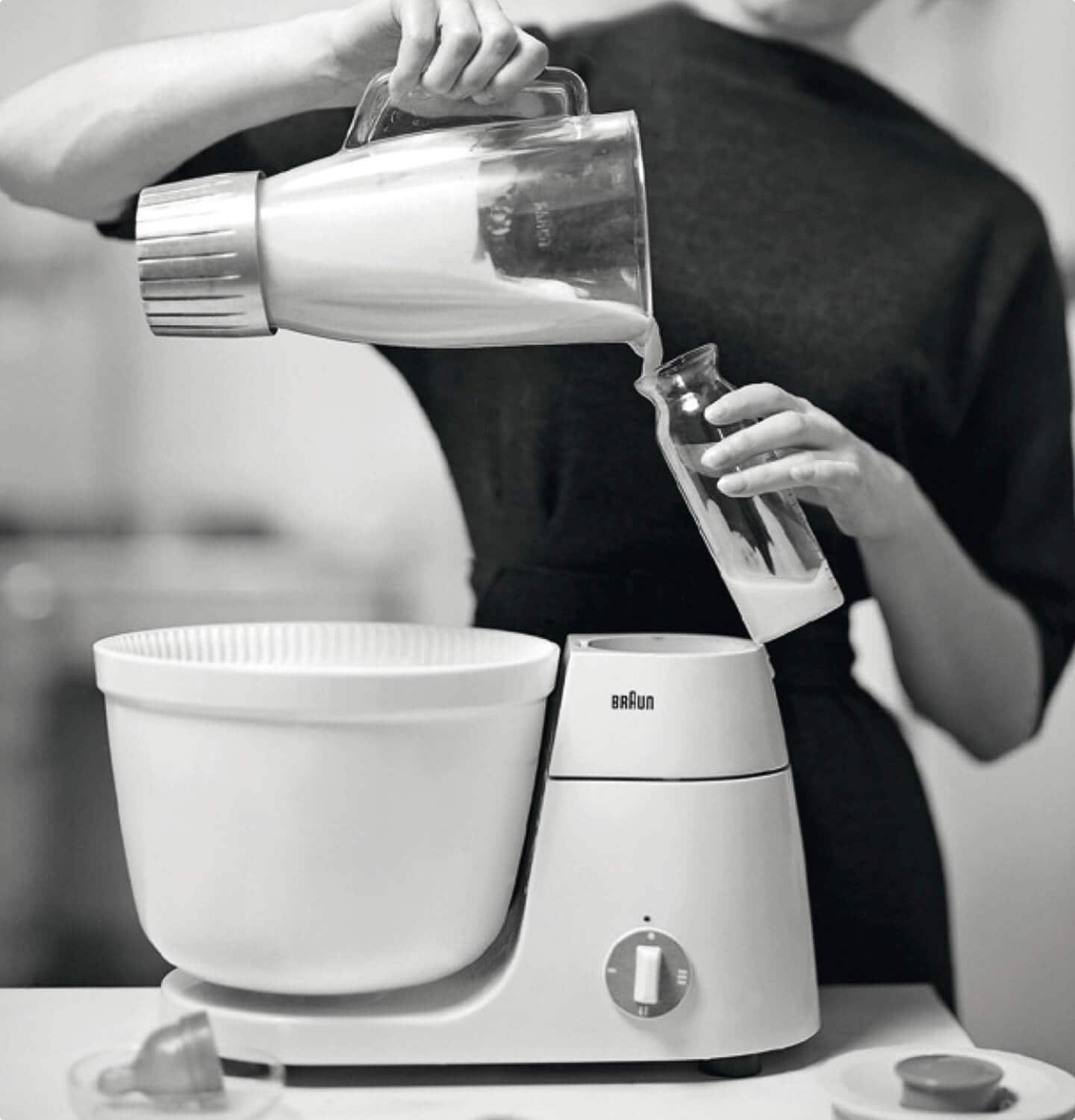
Hired as an architect for redesigning Braun’s office Dieter Rams became one of the leading designers, who developed Braun’s memorable design language and defined the 10 principles of good design, a design manual that is still relevant today.
1 Good design is innovative.
The possibilities for innovation are not, by any means, exhausted. Technological development is always offering new opportunities for innovative design.
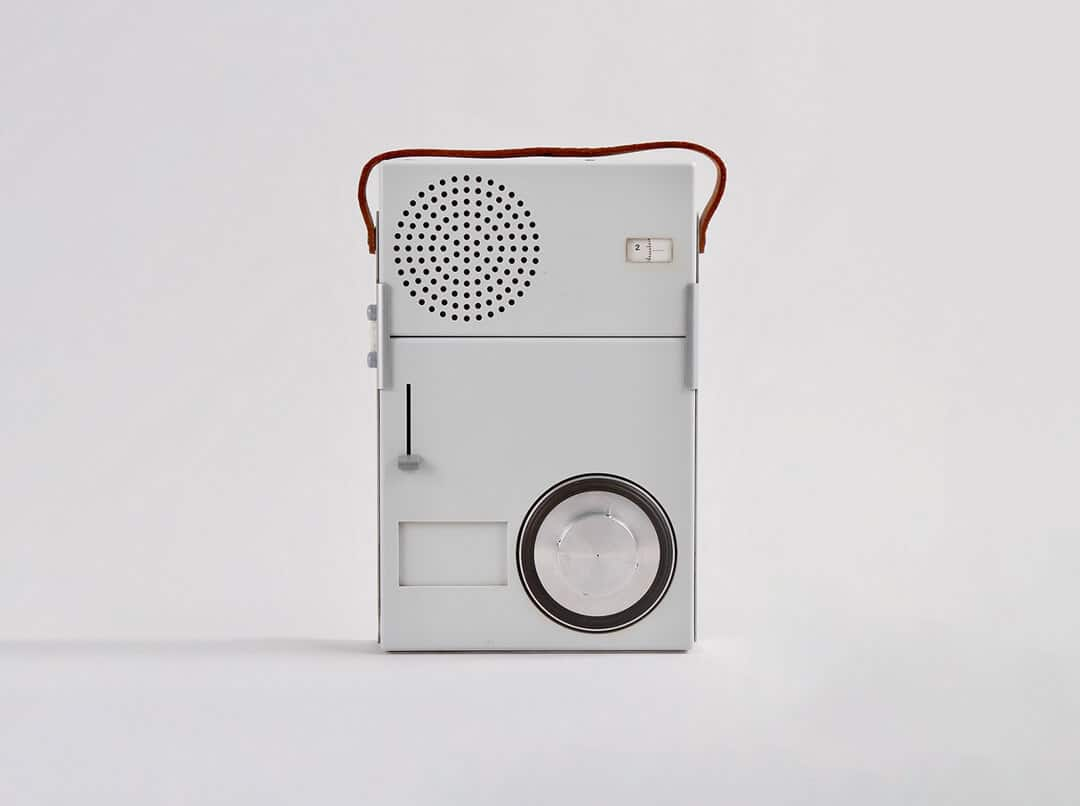
2 Good design makes a product useful.
A product is bought to be used. It has to satisfy certain criteria, not only functional, but also psychological and aesthetic. Good design emphasises the usefulness of a product whilst disregarding anything that could possibly detract from it.
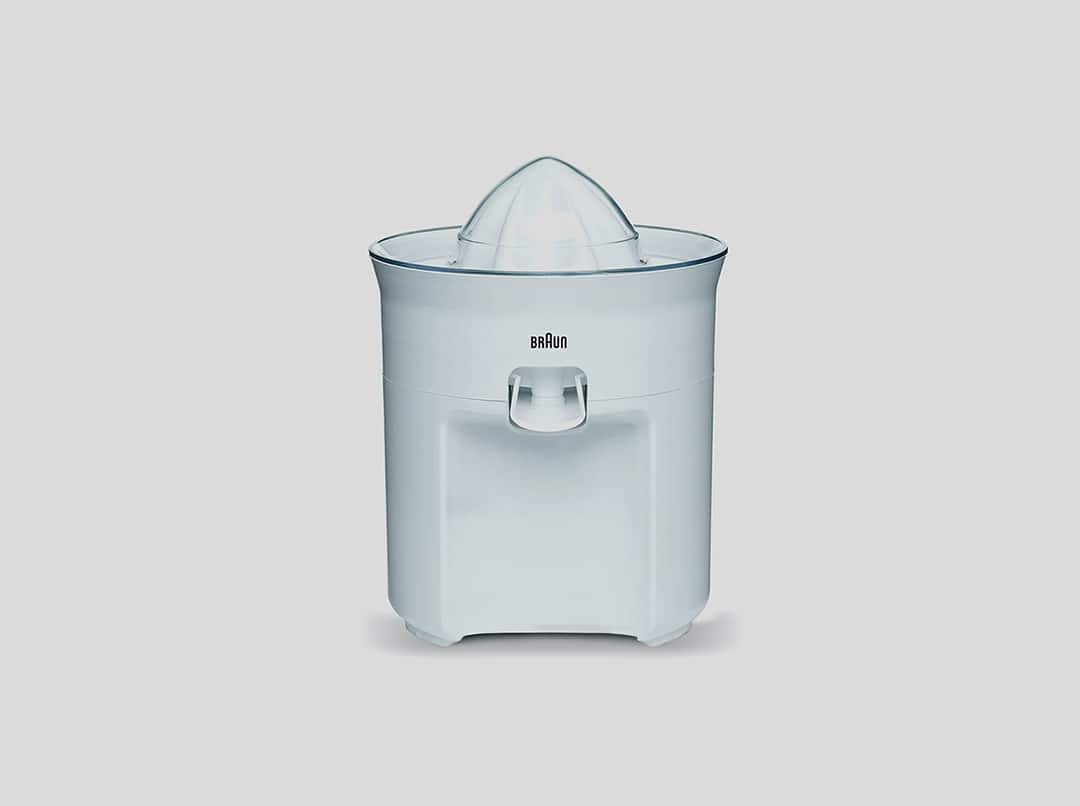
3 Good design is aesthetic.
The aesthetic quality of a product is integral to its usefulness because products we use every day affect our person and our well-being. But only well-executed objects can be beautiful.

4 Good design makes a product understandable.
It clarifies the product’s structure. Better still, it can make the product talk. At best, it is self-explanatory.
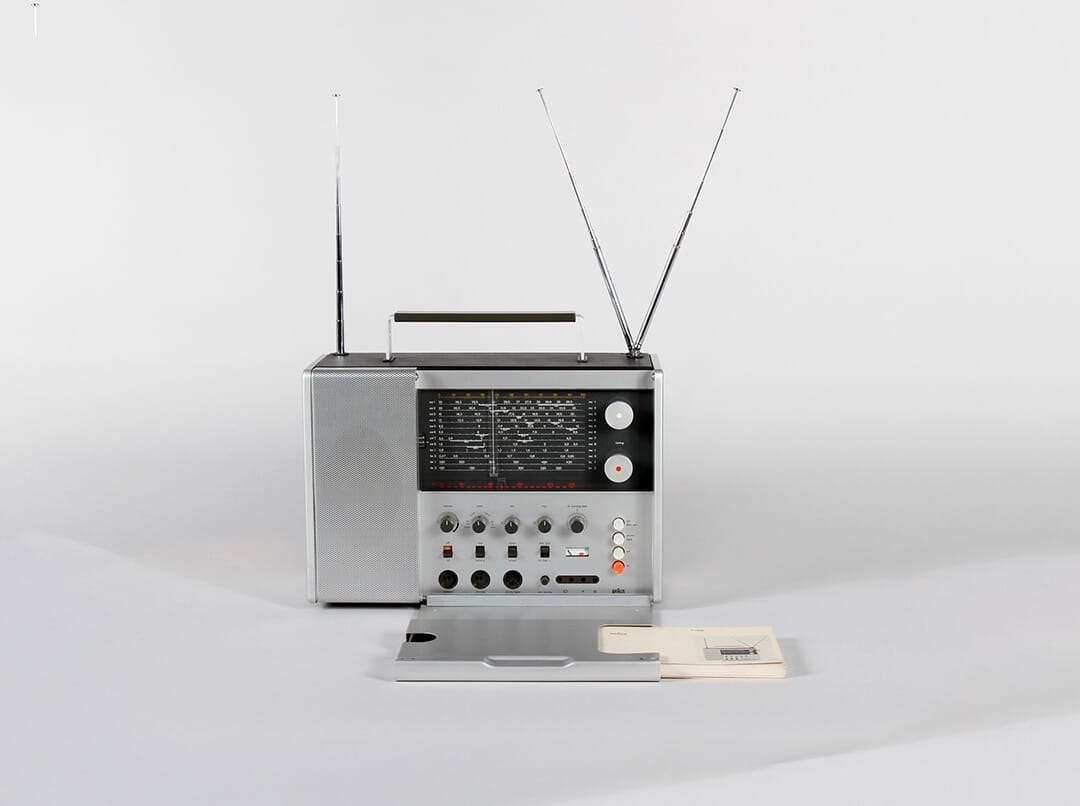
5 Good design is unobtrusive.
Products fulfilling a purpose are like tools. They are neither decorative objects nor works of art. Their design should therefore be both neutral and restrained, to leave room for the user’s self-expression.
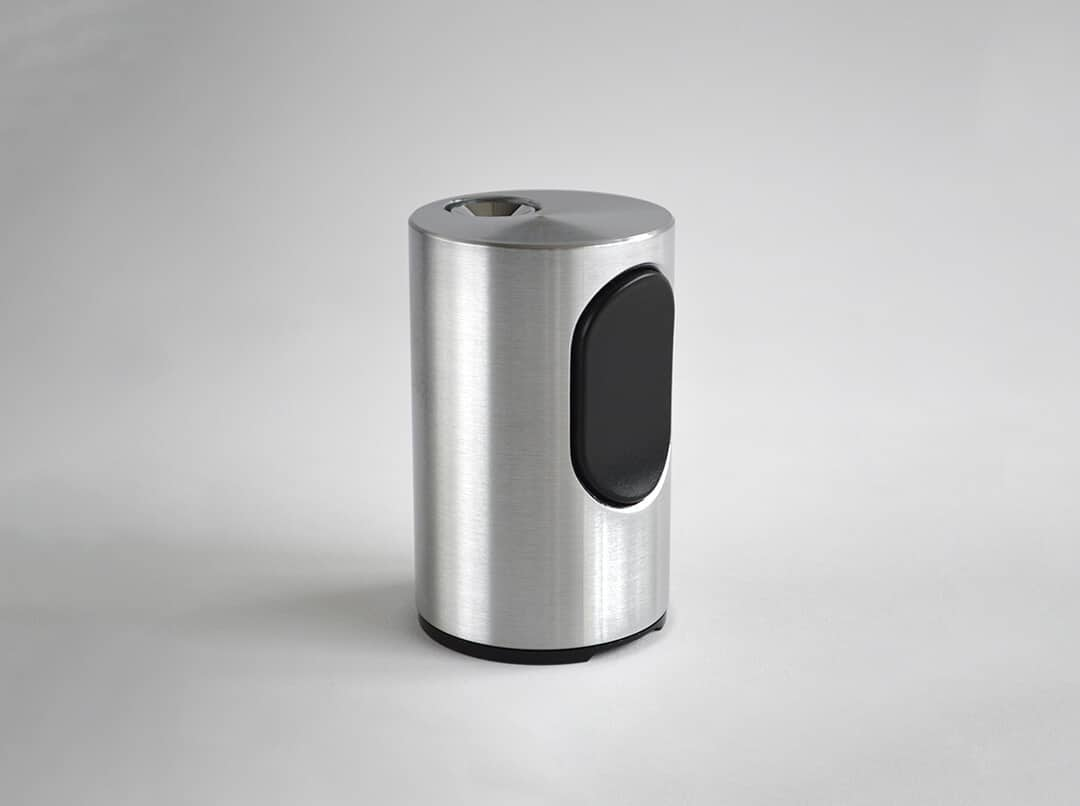
6 誠実である
製品を実際以上に革新的に、パワフルに、あるいは価値のあるものに見せない。守ることができない約束で消費者を操ろうとしない。

7 長命である
流行を追うことを避ける。だから決して時代遅れにならない。流行のデザインとは異なり、たとえ現代の使い捨て社会にあっても、長年にわたって生き残る。
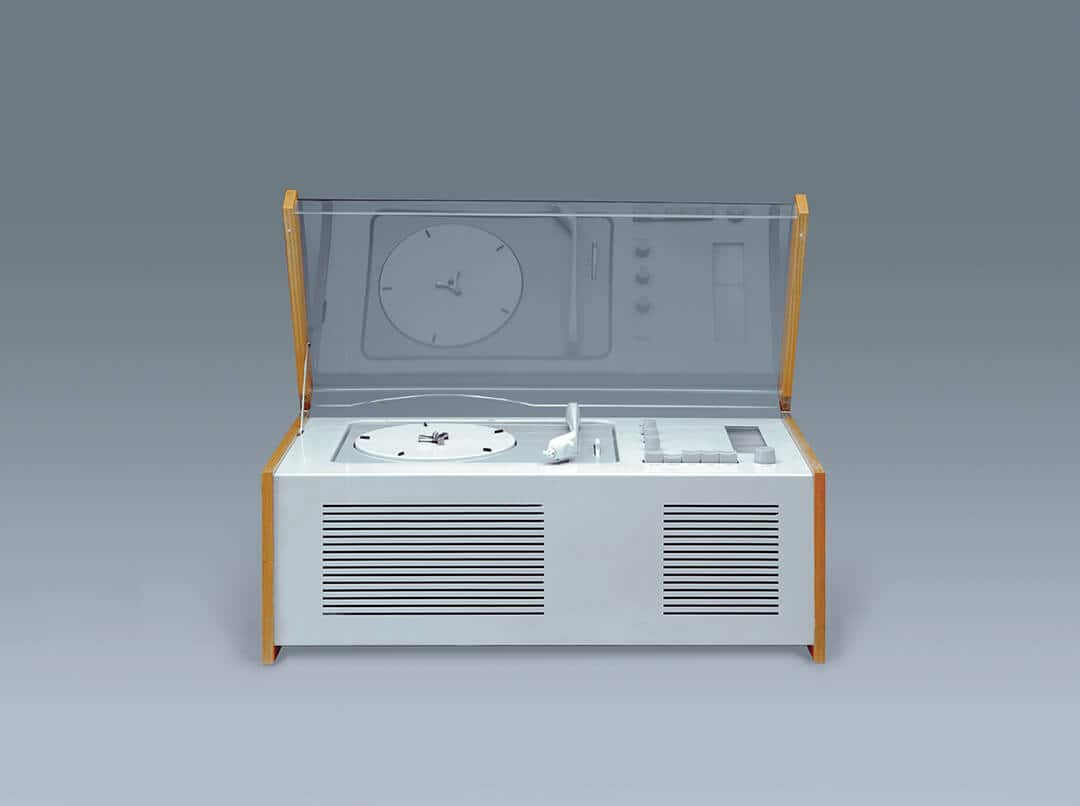
8 最終的にディティールへと帰結する
すべて、思いつきや偶然にゆだねられてはいけない。設計プロセスにおける細部への注意と正確さは、消費者に対する敬意の表れである。
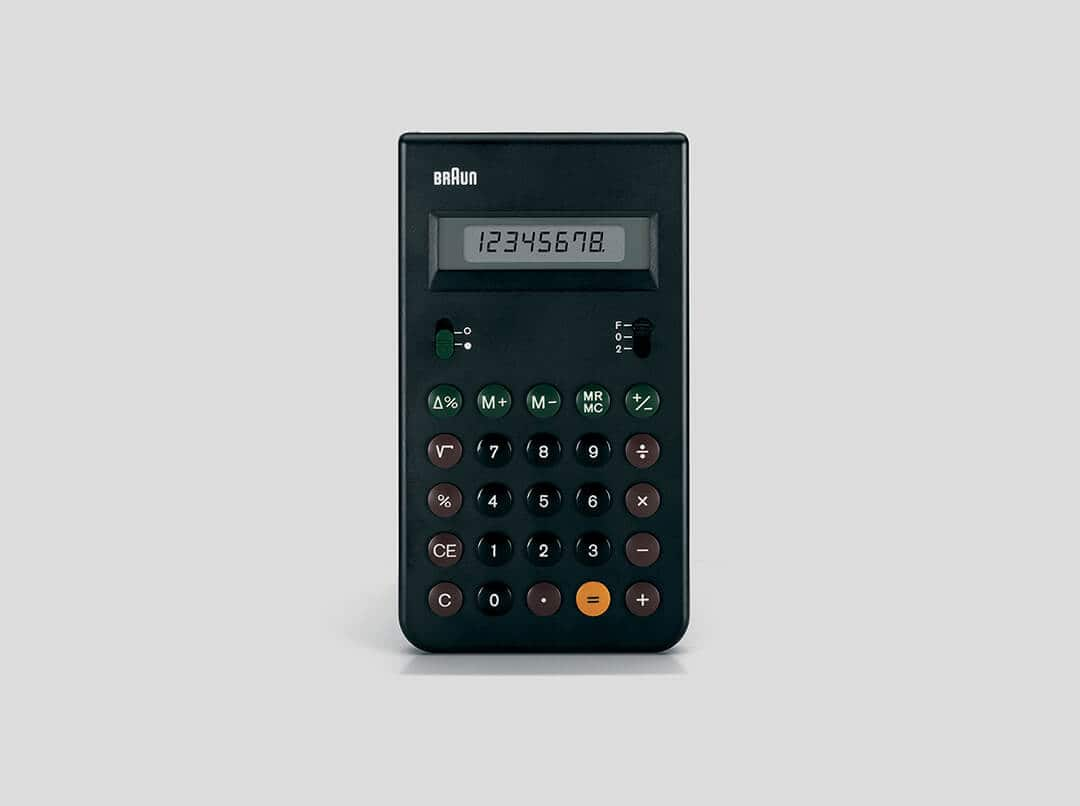
9 環境への配慮とともにある
デザインは環境の保全に大きく貢献する。製品のライフサイクル全体を通じて資源を大切に扱い、物理的および視覚的な汚染を最小限に抑える。
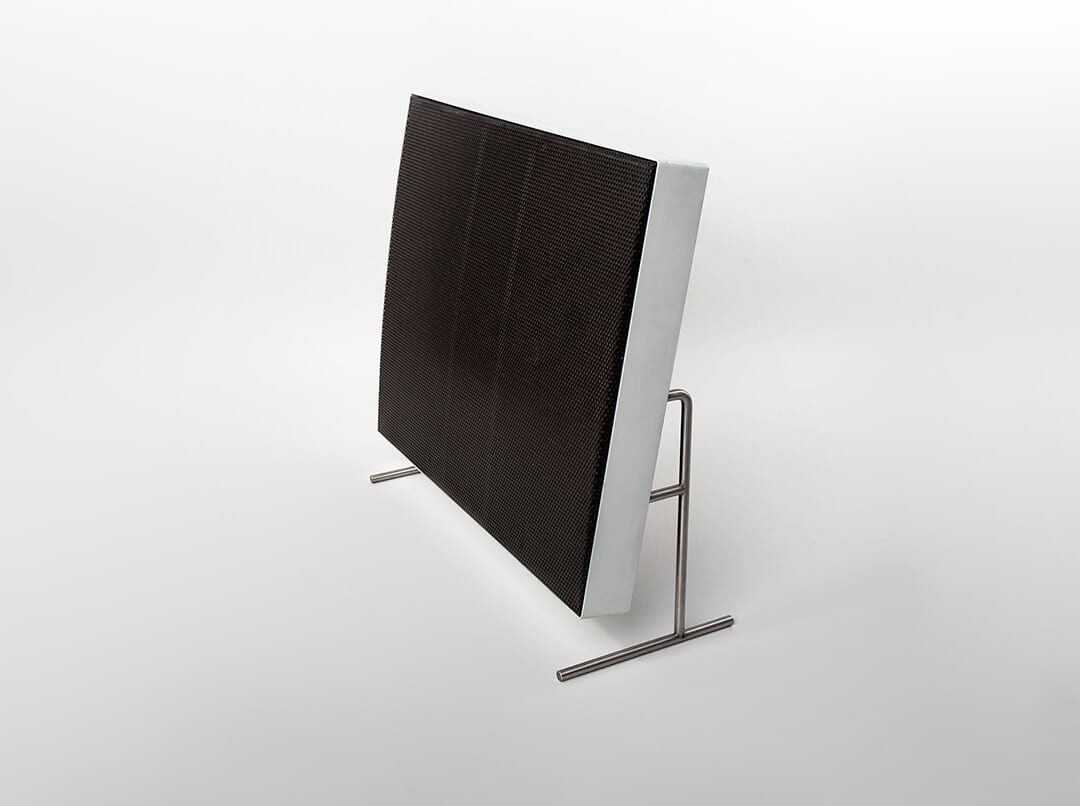
10 可能な限りデザインを抑制する
デザインは少ないほうが良い。なぜなら、本質的な面に集中でき、製品が余計なものを背負わないからだ。混じりけのなさ、シンプルさに戻れ。
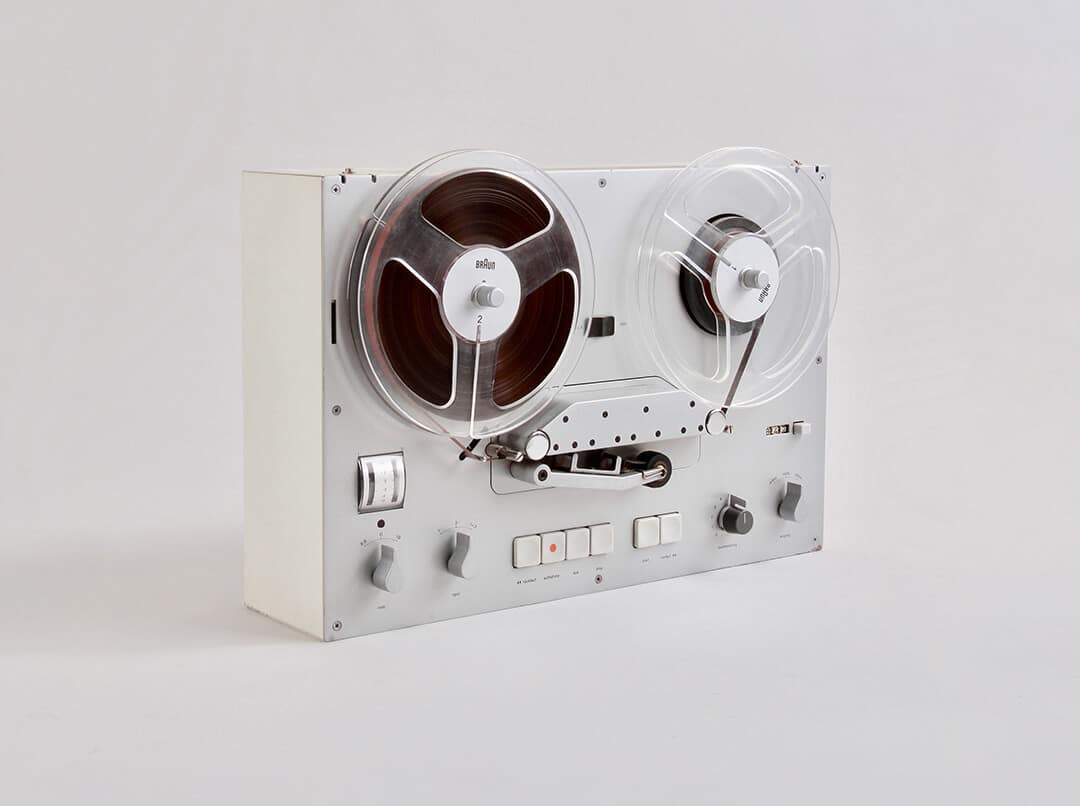
1953 | Braun Factory
Braun Multimix Blender
The 50's established the milkshake as a western staple, enabled in part by the Multimix, the state-of-the-art blender with a detachable mixing glass container. It cuts ingredients with industrial-grade efficacy. Still widely in use today.
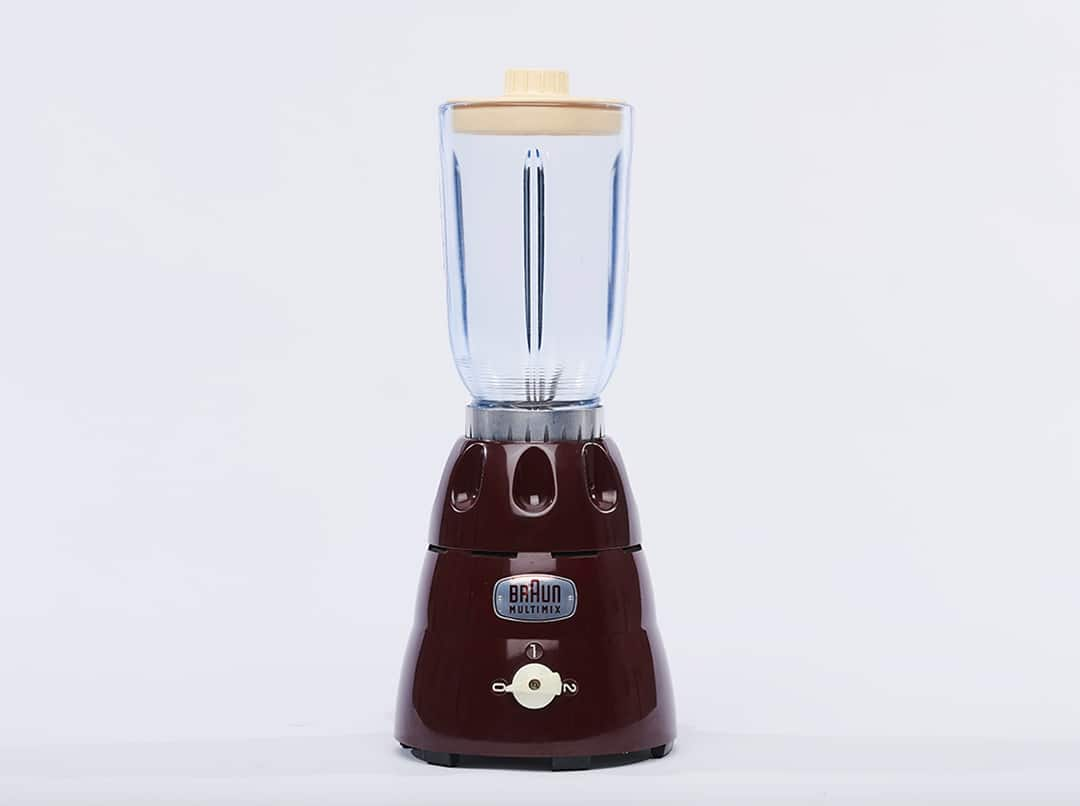
1957 | Gerd Alfred Müller
KM3/31
A hugely influential blender or “food processor” as it was known that birthed a whole new product category: “kitchen machines” or appliances. With its hyper-reduced, simple and useful design one of the most influential industrial products of all time.
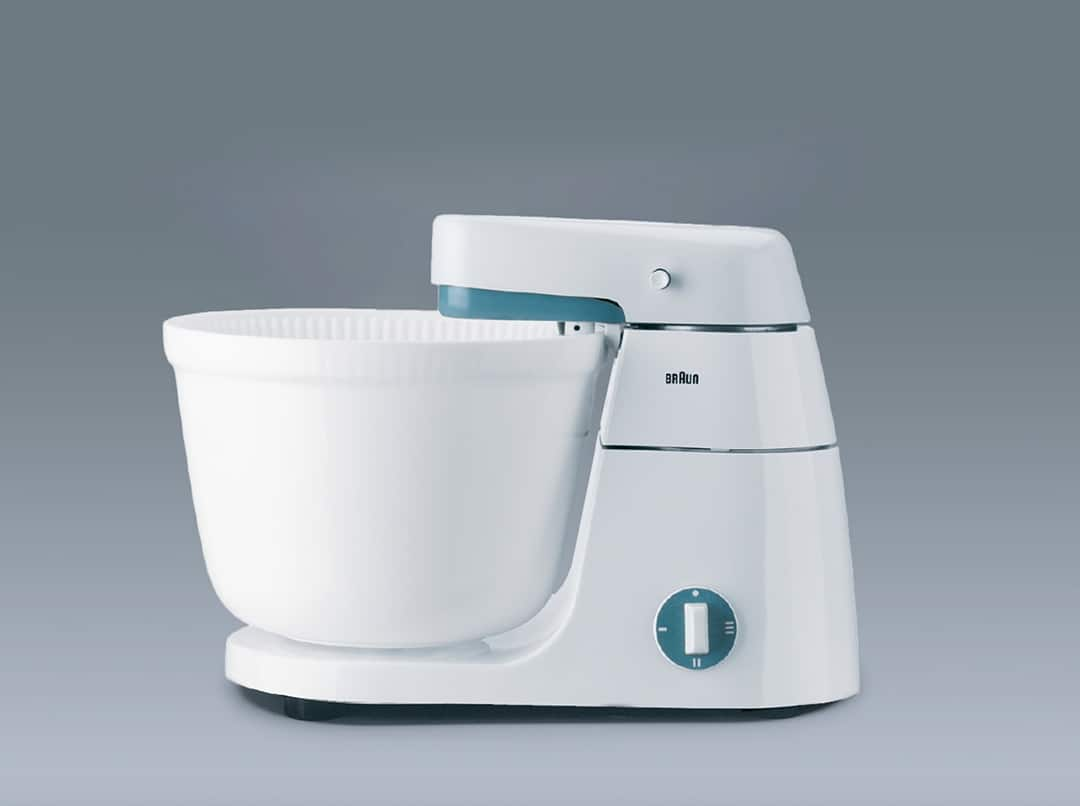
1963 | Reinhold Weiss
KSM 1/11
Design doesn’t get much more minimalistic than this: a coffee grinder so purpose-built it needed just one, centrally placed button to operate. Finely ground beans were just a finger click away.
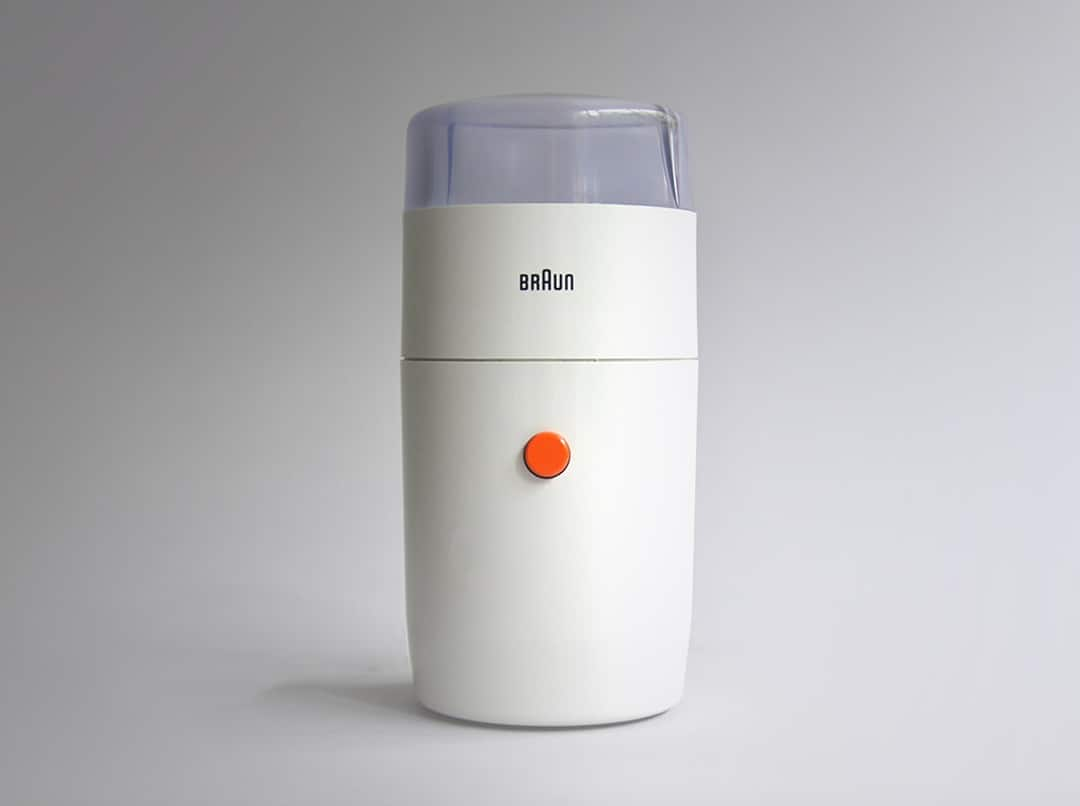
1963 | Reinhold Weiss
HT 2
Tämän leivänpaahtimen tyylikäs ja pelkistetty muotoilu inspiroi kuuluisaa taiteilijaa Richard Hamiltonia siinä määrin, että yksi hänen teoksistaan (sopivasti nimeltään ”Toaster”, ”paahdin”) pohjautuu siihen. Niin, ja se myös ruskisti leivän täydellisesti.
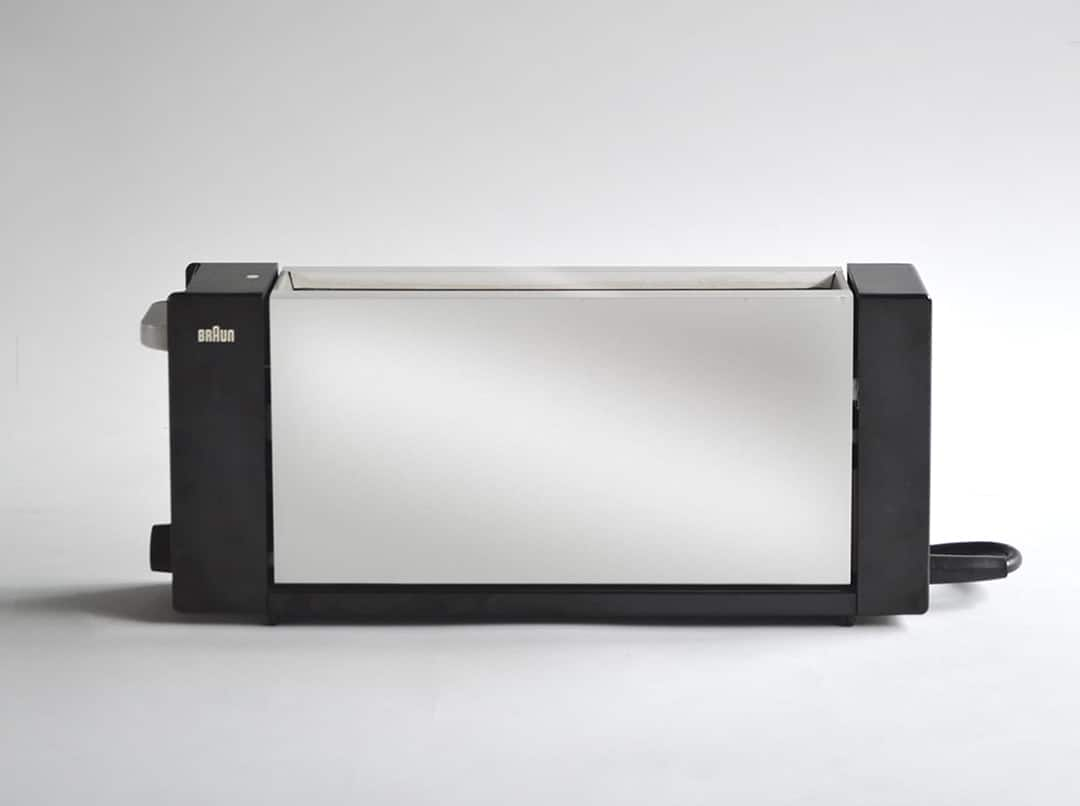
1972 | Florian Seiffert
KF 20
Pystysuoraksi, vesitornia muistuttavaksi muotoiltu KF 20 tunnetaan Aromasterina. Tämän kahvinkeittimen tunnistaa heti sen epätavallisen muotonsa ansiosta, ja se antaa aamun suodatinkahville ripauksen erityisyyttä.
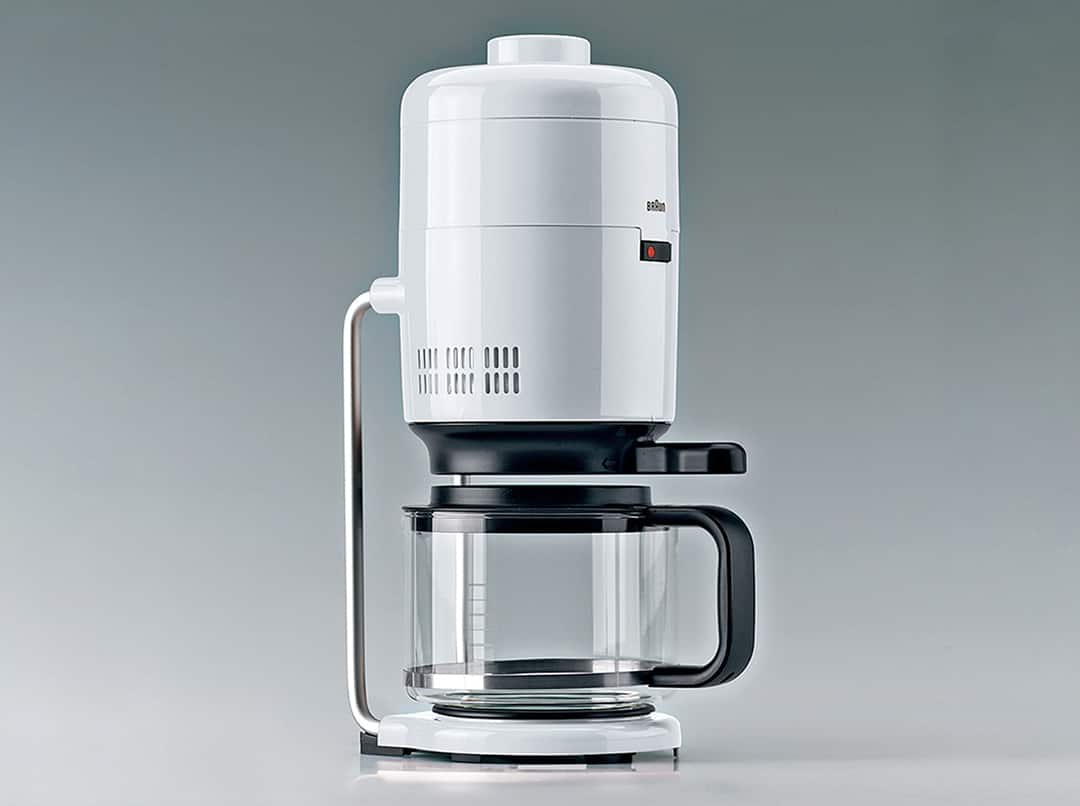
1972 | Jürgen Greubel, Dieter Rams
MPZ 22
Tämä myös Citromaticina tunnettu sähkömehulinko oli vuosikymmeniä luotettava ja uskomattoman helposti puhdistettava peruslaite keittiöissä kaikkialla. Meni yli kaksi vuosikymmentä, ennen kuin Braun päätti, että alkuperäistä muotoilua oli aika päivittää.
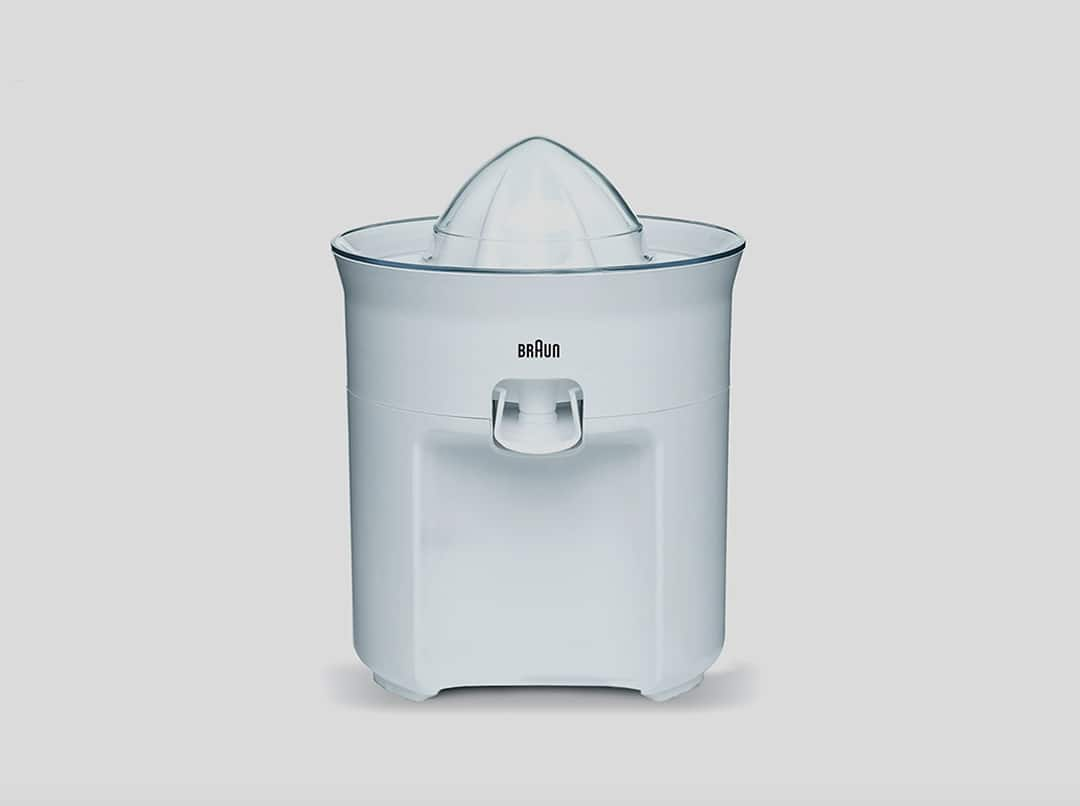
1981 | Ludwig Littmann
MR 6
Hienostuneemman MR 500:n esiaste MR 6 oli vankka ja lujatekoinen, mikä ansiosta se pystyi sekoittamaan muille tuotteille liian ylivoimaisia elintarvikkeita. Tärkeä askel kohti sauvasekoittimen täydelliseksi hiomista.
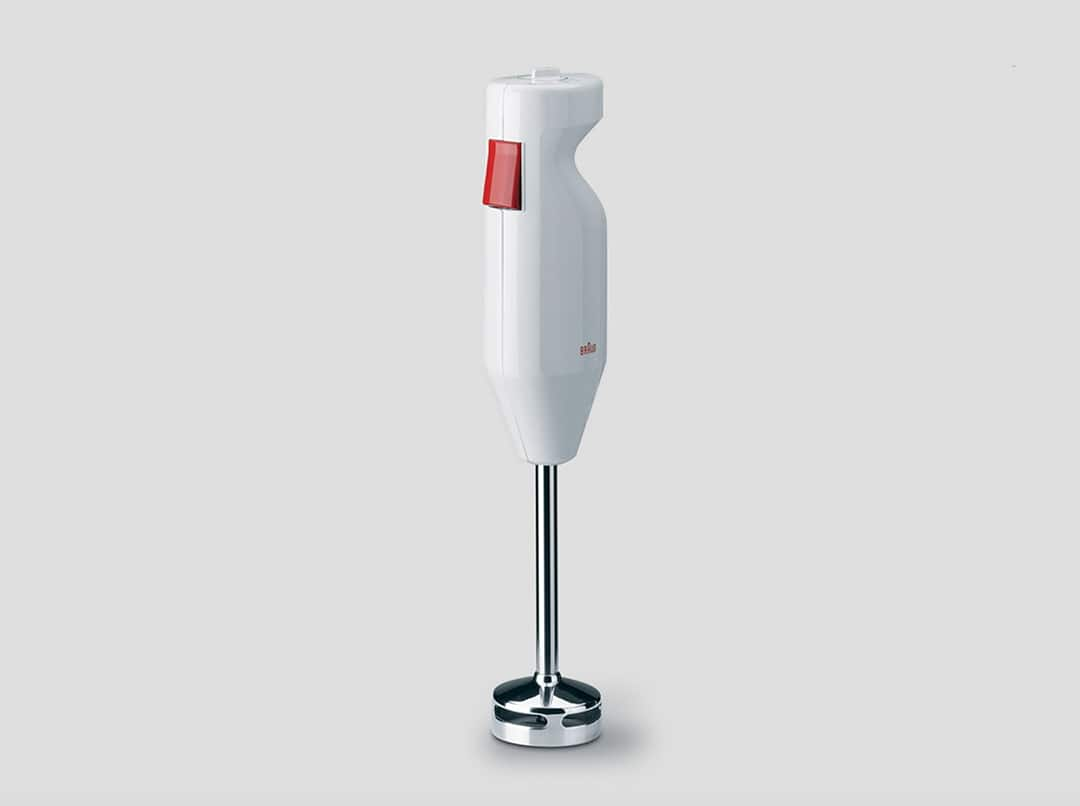
1984 | Hartwig Kahlcke
KF 40
Tämä kahvinkeitin oli hieman kiistanalainen Braunilla, sillä sen materiaali oli kustannustehokas polypropeeni Braunin vakiomuovin – vankempi polykarbonaatti – sijaan. Niinpä KF 40:n aallotettu pinta kertoo Dieter Ramsin vakuuttaneesta muotoiluratkaisusta.
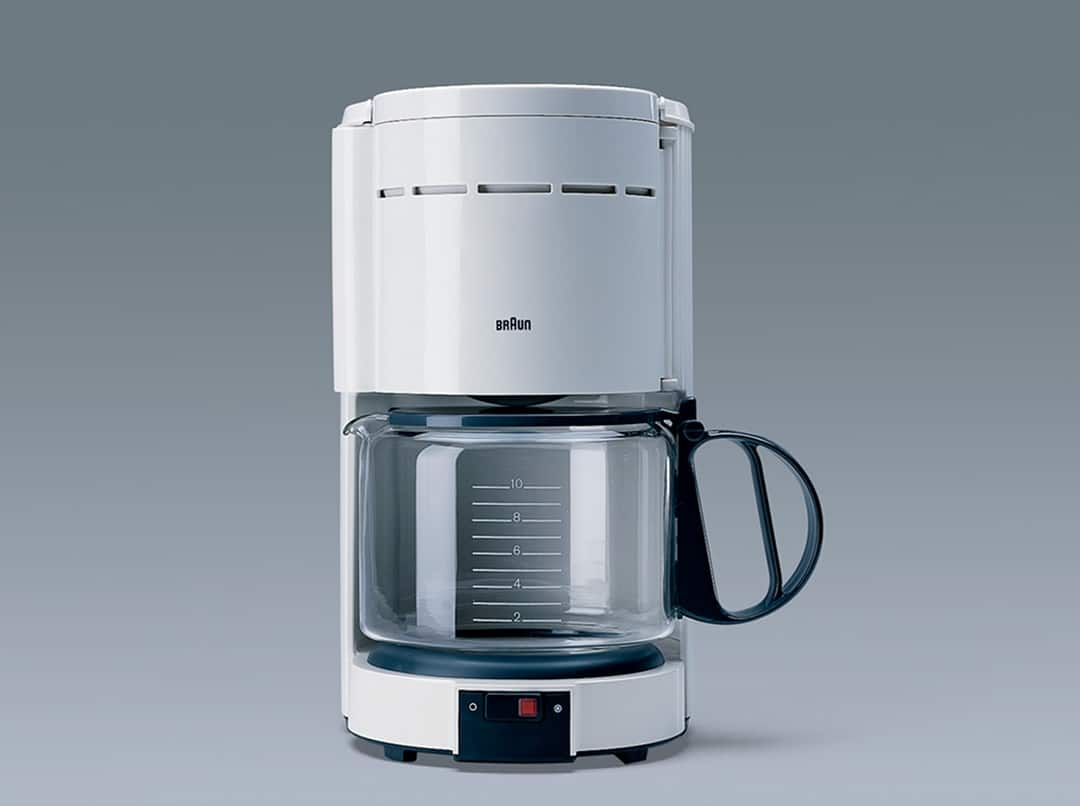
2016 | Markus Orthey, Ludwig Littmann
MultiQuick 9
Monipuolinen tehosekoitin, jossa tiivistyivät monien sitä monta kertaa suurempien laitteiden toiminnot yksinkertaiseksi kädessä pidettäväksi 'sauvaksi'. Pelkistetyn muotoilun määritelmä: kompakti ja silti tehokas.
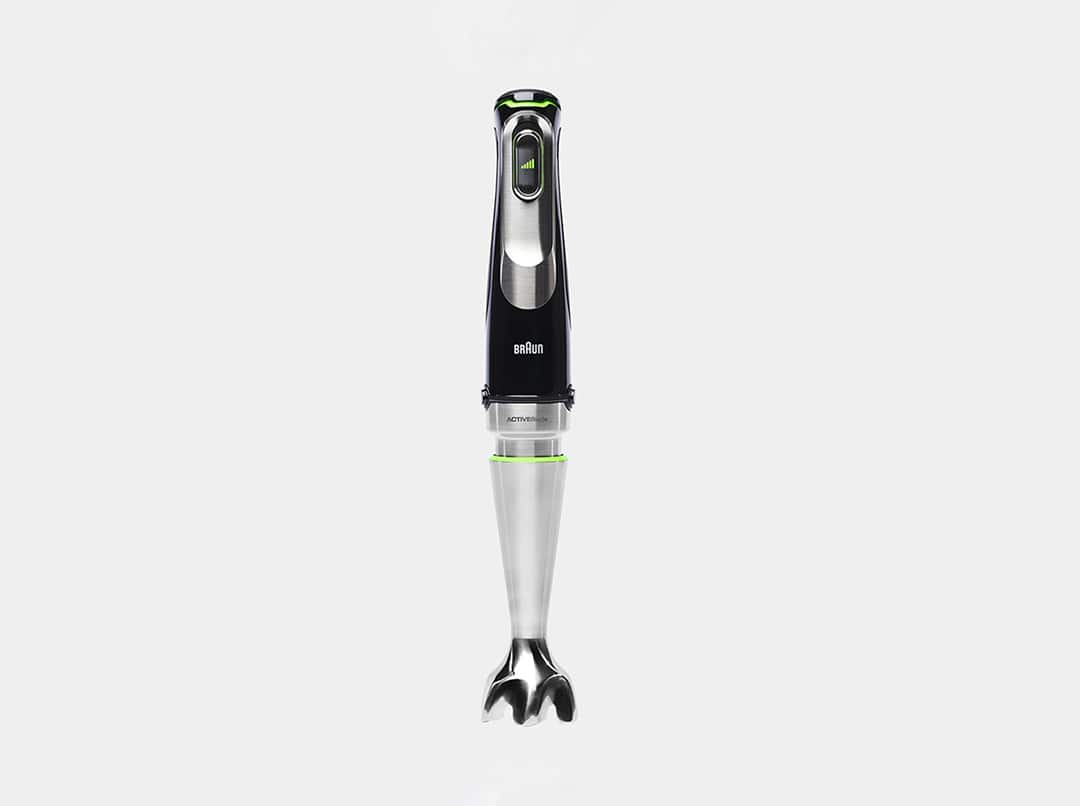
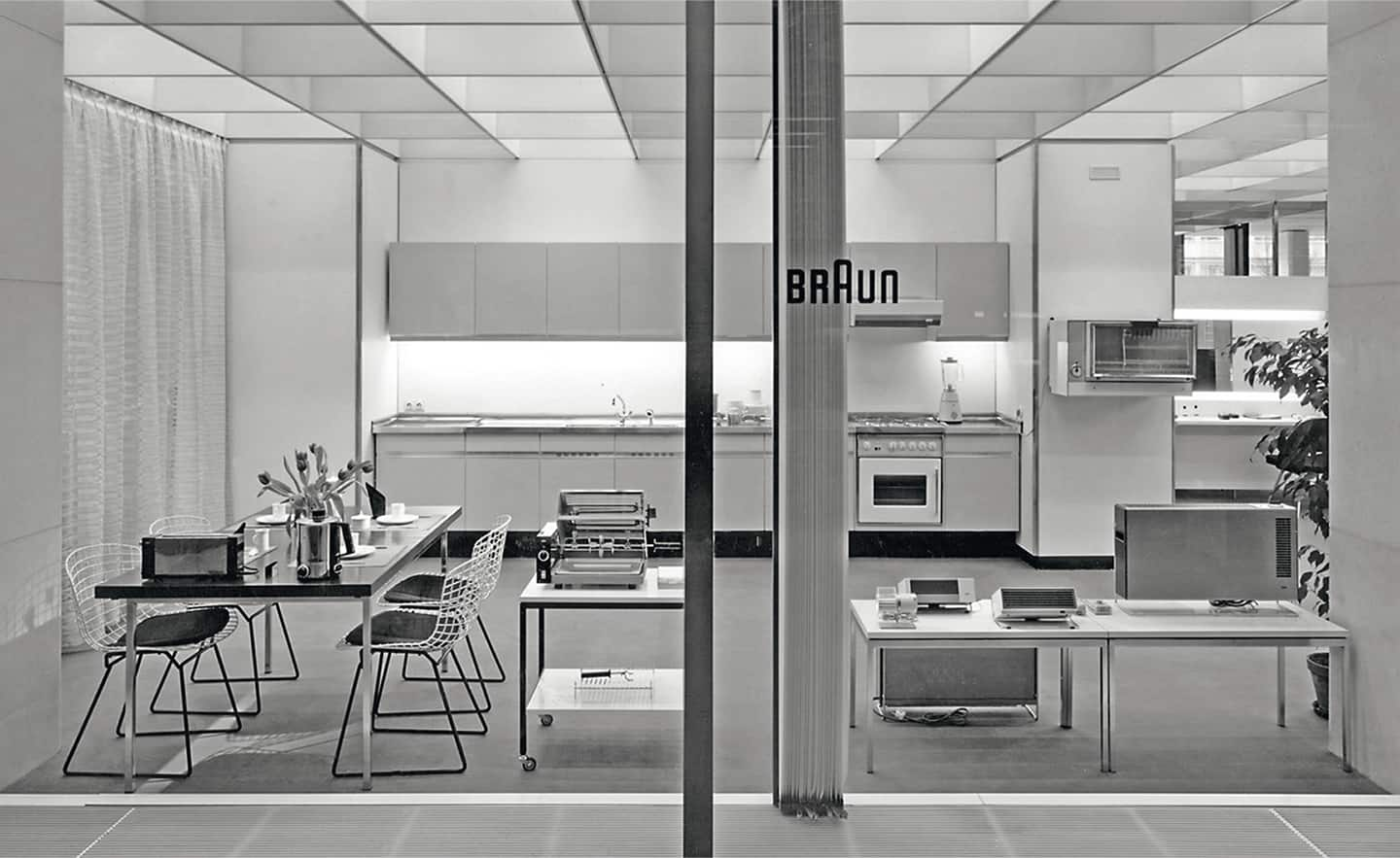
Suomi
Siirry maailmanlaajuiselle verkkosivustolle napsauttamalla tästä.
